Quetzalcoatl: The terrifying Aztec snake god and his mysterious return
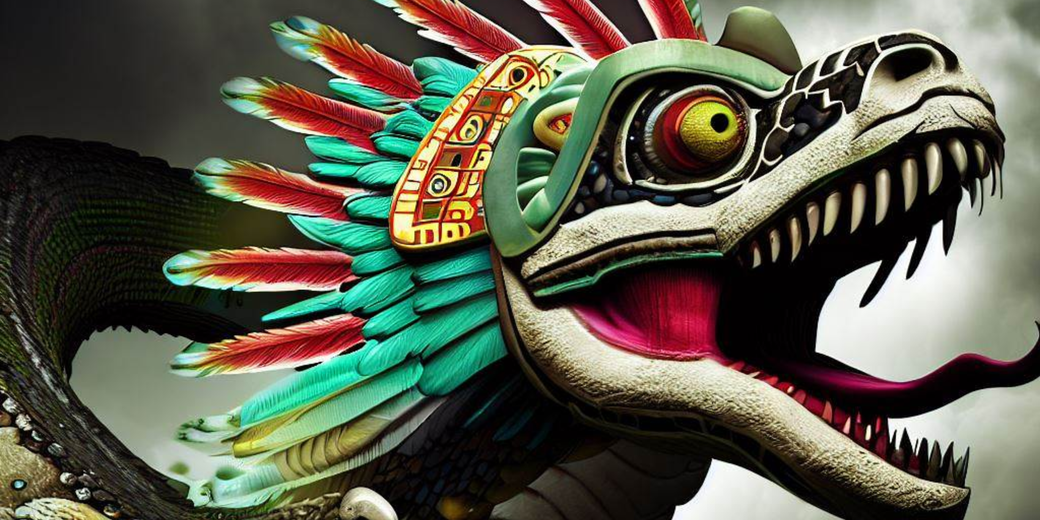
In the ancient land of Mesoamerica, amidst the towering pyramids and the verdant jungles, an enigmatic deity wove his way through the legends and history of the Aztecs and their predecessors.
A being known as Quetzalcoatl, the Feathered Serpent, captivated the imagination of a civilization and continues to intrigue scholars and enthusiasts today.
What was the enigmatic tale of this mythical figure and what was his influence on the people who worshipped him?
And, what did he have to do with the arrival of the Spanish conquistador, Hernán Cortés?
Who was Quetzalcoatl?
Quetzalcoatl, which translates to "Feathered Serpent" in the Nahuatl language, was one of the most important deities in the pantheon of Mesoamerican cultures.
He was worshipped by various groups, including the Toltecs, Maya, and most famously, the Aztecs.
Quetzalcoatl embodied duality, symbolizing both the physical aspect of the serpent and the spiritual aspect of the feathered bird.
He was the god of wind, learning, and culture, and was associated with the dawn and the planet Venus.
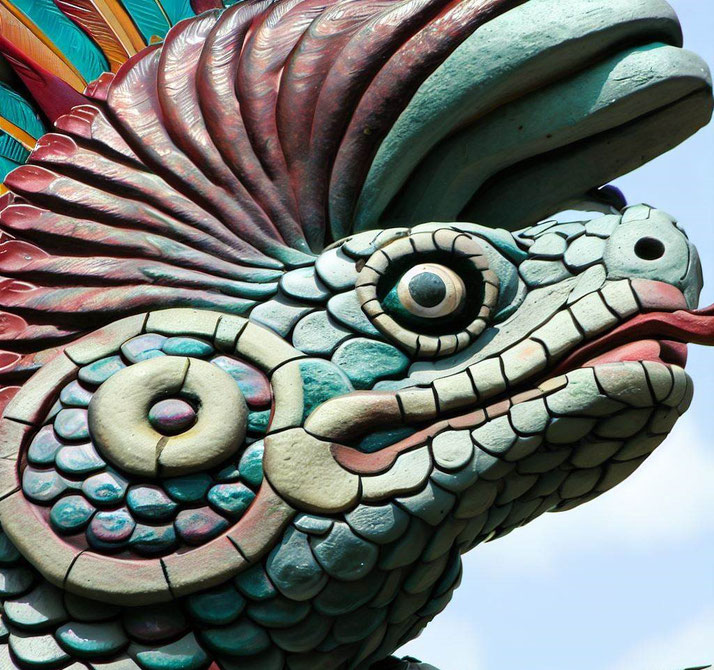
What role did he play in mythology?
In Mesoamerican mythology, Quetzalcoatl played a significant role as a creator god and a bringer of knowledge.
According to one version of the myth, he created humanity by using his own blood to give life to the bones of the ancient dead.
He was also believed to have bestowed the gift of maize, the staple crop of the region, upon the people, thus ensuring their survival.
As the patron of learning, he was said to have founded the legendary city of Tollan and established the art of writing, the calendar, and various other aspects of civilization.
Evidence of his worship
The influence of Quetzalcoatl is evident in numerous archaeological findings throughout Mesoamerica.
Depictions of the Feathered Serpent can be found on various artifacts, including pottery, sculptures, and murals.
His image is prominently featured in architecture as well, such as the Temple of the Feathered Serpent at Teotihuacan and the Quetzalcoatl Temple Complex at El Tajín.
These discoveries demonstrate the widespread reverence and importance of Quetzalcoatl in the region.
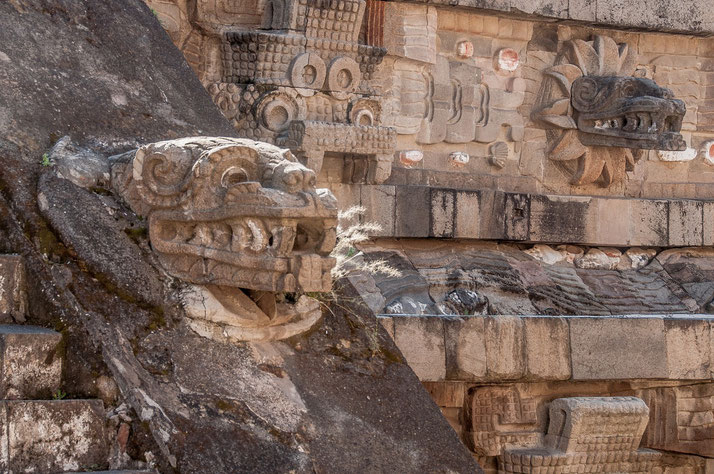
How he was worshipped
Quetzalcoatl was worshipped through a variety of rituals and ceremonies. Followers would offer incense, food, and other valuable items at temples dedicated to the deity.
The most significant celebration in honor of Quetzalcoatl was the Panquetzaliztli festival, held during the month of November.
This event involved feasting, dancing, and the performance of ritualized warfare.
Human sacrifices were also offered to Quetzalcoatl, although in smaller numbers compared to other Mesoamerican gods.
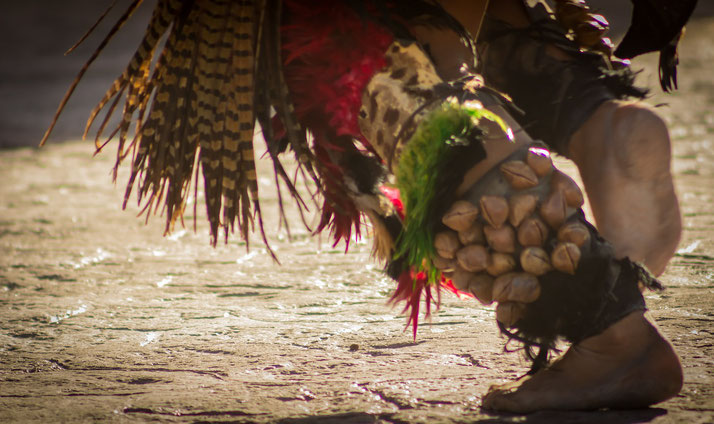
Was Cortés Quetzalcoatl?
The arrival of the Spanish conquistador Hernán Cortés in 1519 coincided with a prophecy in the Aztec calendar that foretold the return of Quetzalcoatl.
This led some to believe that Cortés was the embodiment of the deity. The Aztec emperor Moctezuma II initially welcomed Cortés, treating him as the returning god, but this interpretation has been widely debated by historians.
Some argue that the association between Cortés and Quetzalcoatl was a fabrication by the Spanish to justify their conquest, while others contend that Moctezuma's initial hospitality was a strategic move to gather information about the newcomers.
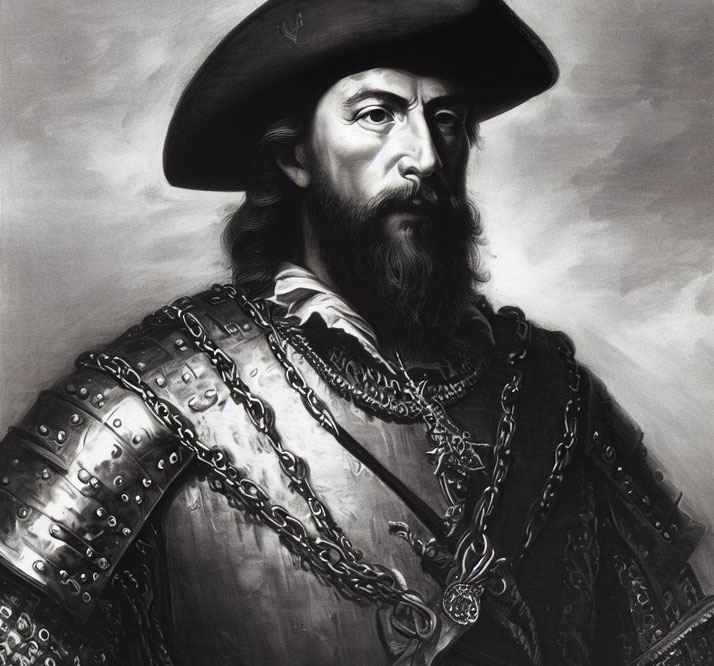
What do you need help with?
Download ready-to-use digital learning resources
Copyright © History Skills 2014-2024.
Contact via email
With the exception of links to external sites, some historical sources and extracts from specific publications, all content on this website is copyrighted by History Skills. This content may not be copied, republished or redistributed without written permission from the website creator. Please use the Contact page to obtain relevant permission.





